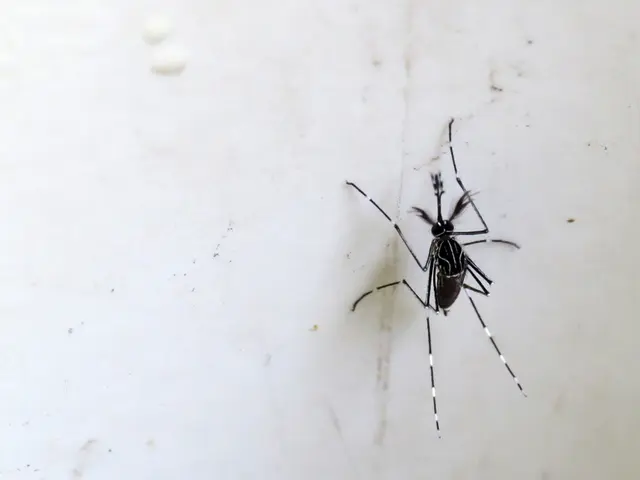Crisis in the German Woods: Only One in Five Trees Thriving
Less than a fourth of the tree population is flourishing, according to reports.
Take a stroll through the German forests and you'll see a picture of distress. The once mighty trees now stand weak and frail. The tempestuous weather continues to unleash its fury upon them. Agriculture Minister Rainer has pledged assistance for the forest owners, a move that could benefit the CSU politician.
The health of German forests remains a source of concern, as announced by the Federal Ministry of Agriculture while presenting the Forest Health Report 2025. Despite the relatively amiable weather the previous year, the situation remains grim compared to the year before. The harsh reality is that just one in five trees are in good health. Federal Agriculture Minister Alois Rainer addressed the economic significance of the forest, advocating for financial relief for the forest owners.
Since 1984, forest experts from the federal states have been assessing the condition of forest trees across Germany. According to the Ministry, the damage level has been exceptionally high since 2019. Spruce, pine, beech, and oak have suffered from the long-term impacts of severe droughts and high temperatures since 2018.
"Our forests are constantly under pressure," Minister Rainer shared, echoing his observations from his personal forest as well as other parts of the country. The forest serves as a "habitat, climate protector, and economic factor," he continued. Sustainable forest management is critical for the future, and the CSU politician highlighted reducing unnecessary bureaucracy as a priority.
"The state of our forests is grappling with immense climate pressure," said Andreas Bitter, president of the Association of Forest Owners. It's worth noting that the health of the forests varies greatly from region to region. Bitter voiced the need for "location-specific solutions for management to maintain and transform our forests." He called on the federal government to implement the "enhanced funding framework conditions" promised in the coalition agreement.
Greenpeace expressed alarm. "An immediate logging ban in the broad-leaved forests is past due," explained Dorothea Epperlein, Greenpeace's forest expert. "Instead of persistently cutting down trees and compromising the forest ecosystem, we must consistently protect our natively mixed broad-leaved forests."
- Trees in Germany: Only 21% of trees are in good health, with the majority showing signs of thinning, and a third displaying significant crown thinning.
- Forest Management: Greater emphasis is being placed on fostering diverse, mixed forests that can withstand climate shocks, promoting sustainable practices, reforestation, and integrating forests into climate policy.
- Greenpeace: Calls for an immediate logging ban in broad-leaved forests and advocates for the protection of natively mixed broad-leaved forests.
Sources: ntv.de, jwu/AFP
- In response to the crisis, there is a call for a shift in employment policy to prioritize forest regeneration and sustainable management, as part of the broader climate-change policy.
- The science community, particularly environmental-science and mental-health experts, stress the importance of promoting health-and-wellness practices within the community, recognizing the potential mental health benefits gained from thriving forests.
- As a long-term solution, employing strategies from both the community policy and employment policy could be combined, with job opportunities created for forest regeneration and maintenance, thereby ensuring the health of both the environment and the community.








